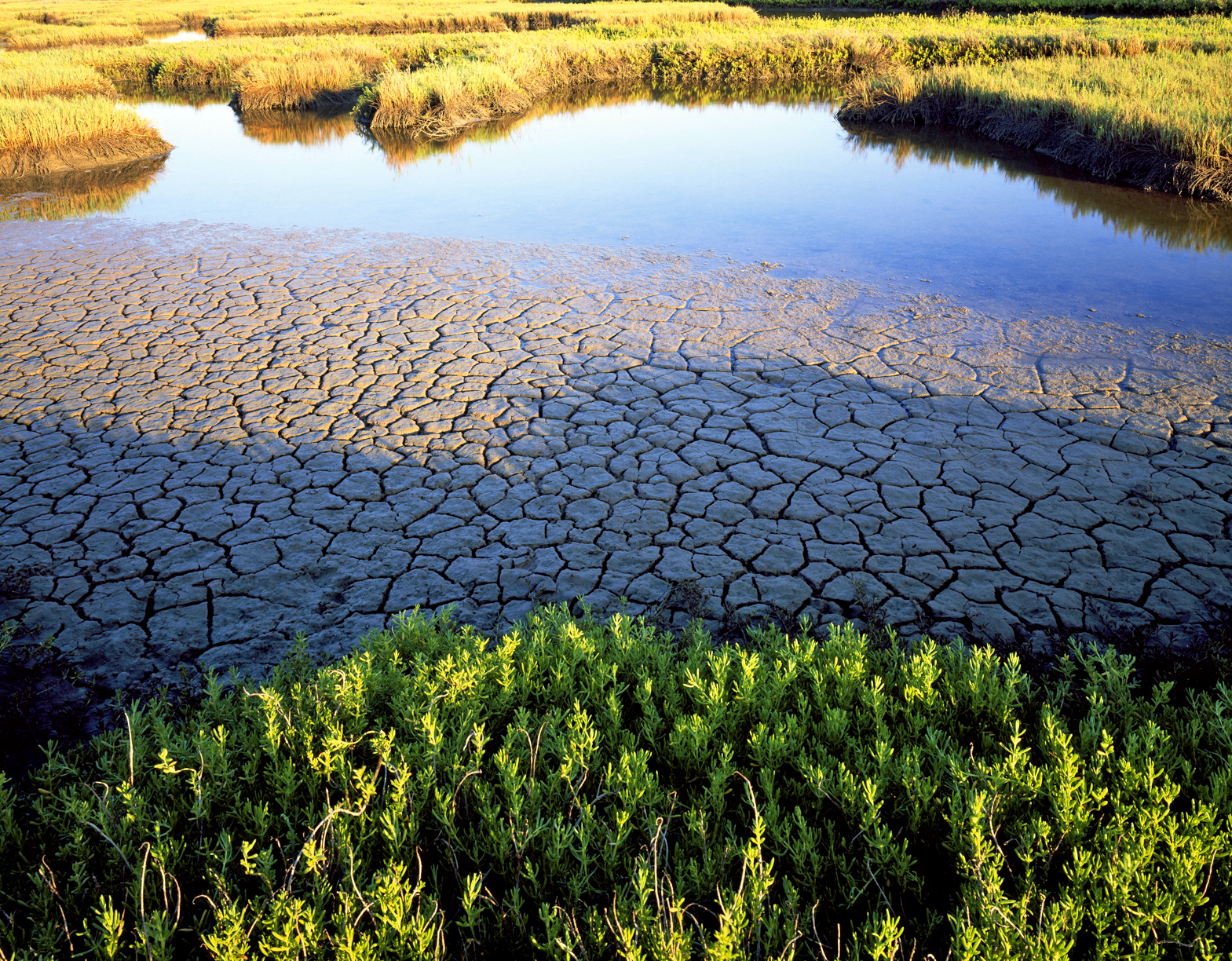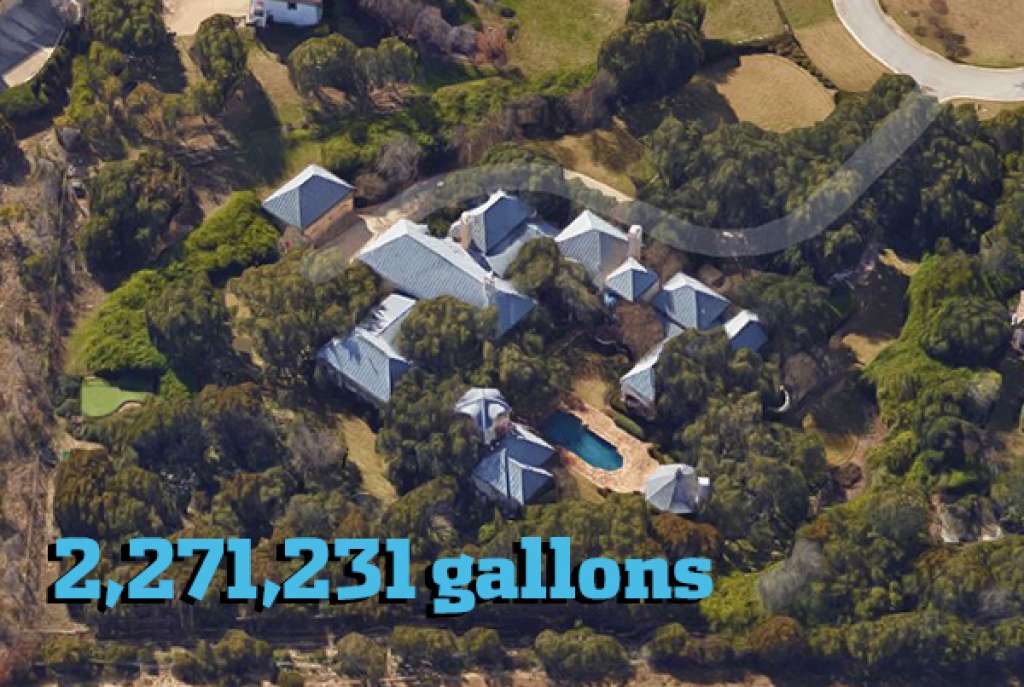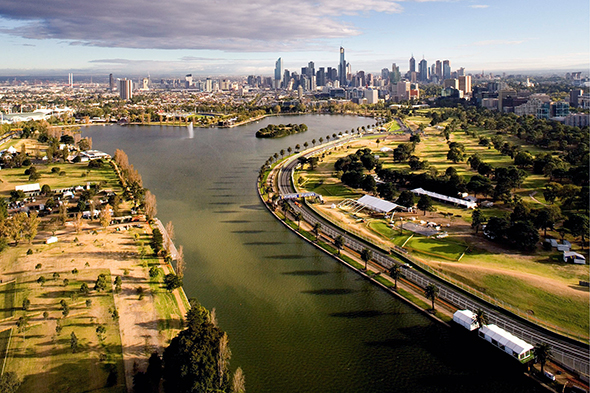
By Dr. Meredith McGuire and Dr. Richard Reed
San Antonio just made it through one of the worst droughts in Texas history. Climate change means we’ll have more of them, and they’ll be unpredictably longer and more intense. Is San Antonio prepared? Nope. And SAWS is leading us the wrong direction.
San Antonio Express-News reporter Brendan Gibbons’ recent front-page article about summer season water consumption between 2011 and 2015 gives clues about why. Drought preparedness requires real conservation – not just emergency drought response measures. San Antonio needs to make an ongoing commitment to keep all the water we have and guard our aquifers and their recharge zones.
How well did San Antonians do?
First, the good news. Average residential water use dropped so dramatically that overall water use – including industrial and commercial use – fell from 143 to 121 gallons per person per day (gpcd). That’s several million gallons saved each day.
 Now the bad news: During the drought, San Antonio’s heaviest water users actually increased their consumption. The 100 households that used the most water upped their usage by 50% between 2013 and 2014 alone: from 73.8 million to more than 112 million gallons. Profligate consumers apparently share several characteristics: considerable wealth, posh homes with large lawns and automatic irrigation systems, and a willingness to squander precious water even when the aquifer is threatened.
Now the bad news: During the drought, San Antonio’s heaviest water users actually increased their consumption. The 100 households that used the most water upped their usage by 50% between 2013 and 2014 alone: from 73.8 million to more than 112 million gallons. Profligate consumers apparently share several characteristics: considerable wealth, posh homes with large lawns and automatic irrigation systems, and a willingness to squander precious water even when the aquifer is threatened.
Why weren’t Stage III and IV watering restrictions imposed in 2014, when the Edwards Aquifer Authority ordered 35% and 40% pumping cuts? Because SAWS claimed it had acquired so much non-Edwards water that its customers shouldn’t have to reduce usage. That’s the reverse of drought preparedness!
At the same time, SAWS was campaigning for City Council approval of the Vista Ridge pipeline deal – a huge, expensive pipeline to draw billions of gallons from a distant aquifer. Not because we need it, but to supply a theoretical additional one million residents -- each presumably consuming far more than current San Antonians.
Whoa! How’s that fair? Why should our community, with many household incomes well below the national median, have to pay for a pipeline to enable wealthier suburbanites to waste water? SAWS’ biggest water users clearly don’t believe we are all in this together. That attitude is exemplified by Chamber of Commerce spokesperson Mike Beldon’s pathetic attempt to justify such an outrageous waste of water as necessary to attract high wage jobs, because “people in those positions often want to live in the kinds of homes that require high water use.”
Why allow that kind of new development? With Low Impact Development (LID) – water-efficient and energy-efficient homes and businesses – San Antonio will attract those who support sustainable living. Not “water-abundant” (as SAWS’s PR claims), but “water-savvy” as a way of life.
Our recent historic drought lasted five years. With climate disruption upon us, we are likely to be facing record-breaking droughts, longer and/or deeper than ever before known in this region. We must not wait to act until well into the next historic drought that gives no sign of ending. We can best protect our future by preparing to live with drought as the new normal. The key is to make the most of every drop of rainfall in our watershed.
 We can take inspiration from Melbourne’s example during its 13-year-long “Big Dry.” According to a 2015 San Francisco Chronicle article (“Drought survival: What Australia’s changes can teach California”), Melbourne residents reduced water usage to 40 gpcd and kept it low after their drought ended. They invested in rainwater tanks, graywater recycling, and water-efficient appliances. The city expanded water supply with large-scale stormwater capture. Not needed yet, their new desalination facility is reassuring backup. Melbourne’s successes are due to the widespread sense that “we’re all in this together,” combined with a “can-do” approach to innovation and conservation.
We can take inspiration from Melbourne’s example during its 13-year-long “Big Dry.” According to a 2015 San Francisco Chronicle article (“Drought survival: What Australia’s changes can teach California”), Melbourne residents reduced water usage to 40 gpcd and kept it low after their drought ended. They invested in rainwater tanks, graywater recycling, and water-efficient appliances. The city expanded water supply with large-scale stormwater capture. Not needed yet, their new desalination facility is reassuring backup. Melbourne’s successes are due to the widespread sense that “we’re all in this together,” combined with a “can-do” approach to innovation and conservation.
San Antonio residents, too, can pull together to prepare the whole city to make it through the inevitable droughts (and floods) ahead. Let’s find a sense of unity in protecting our shared water resources.
Dr. Richard Reed, Professor, Department of Sociology and Anthropology, and Director of the Environmental Studies program at Trinity University. He has been actively involved in several volunteer capacities at the San Antonio River Authority.
Dr. Meredith McGuire, Professor (Emerita), Department of Sociology and Anthropology at Trinity University. She is Co-Chair of the Conservation Committee of the Alamo Group of the Sierra Club and active in the Mi Agua, Mi Vida Coalition.
Photos (top to bottom): Charles Kruvand, Top Water Users via San Antonio Express-News, and La-Roque/laif/Redux.